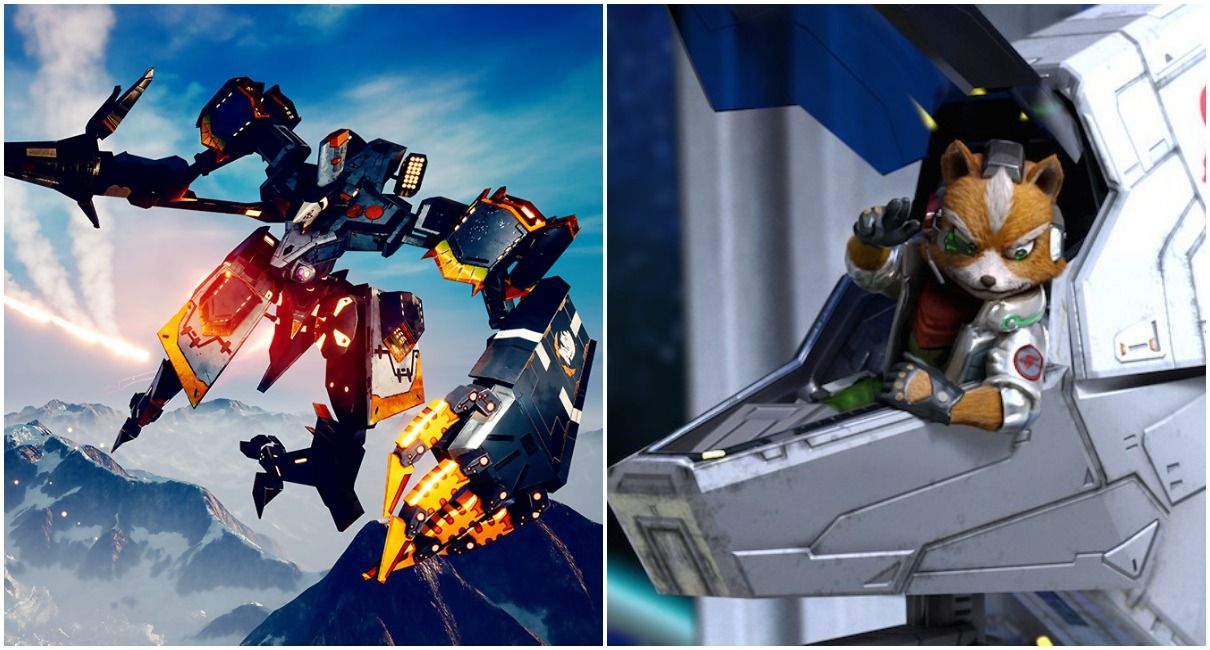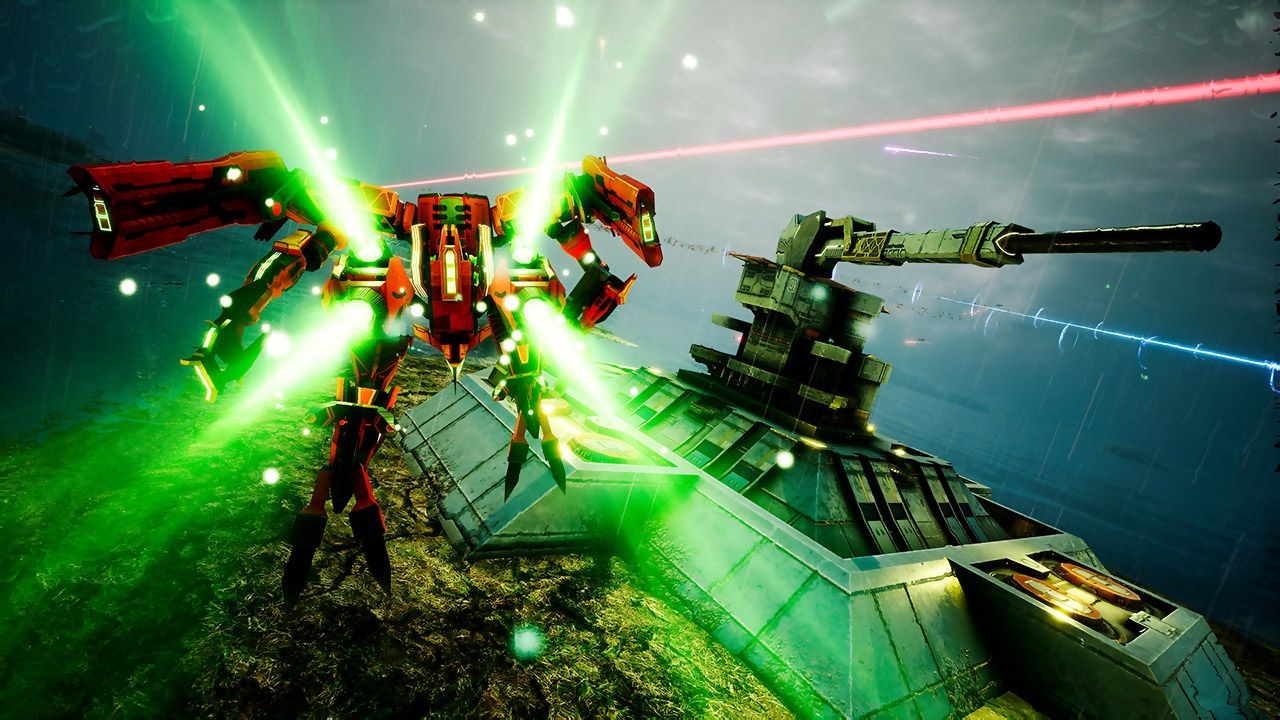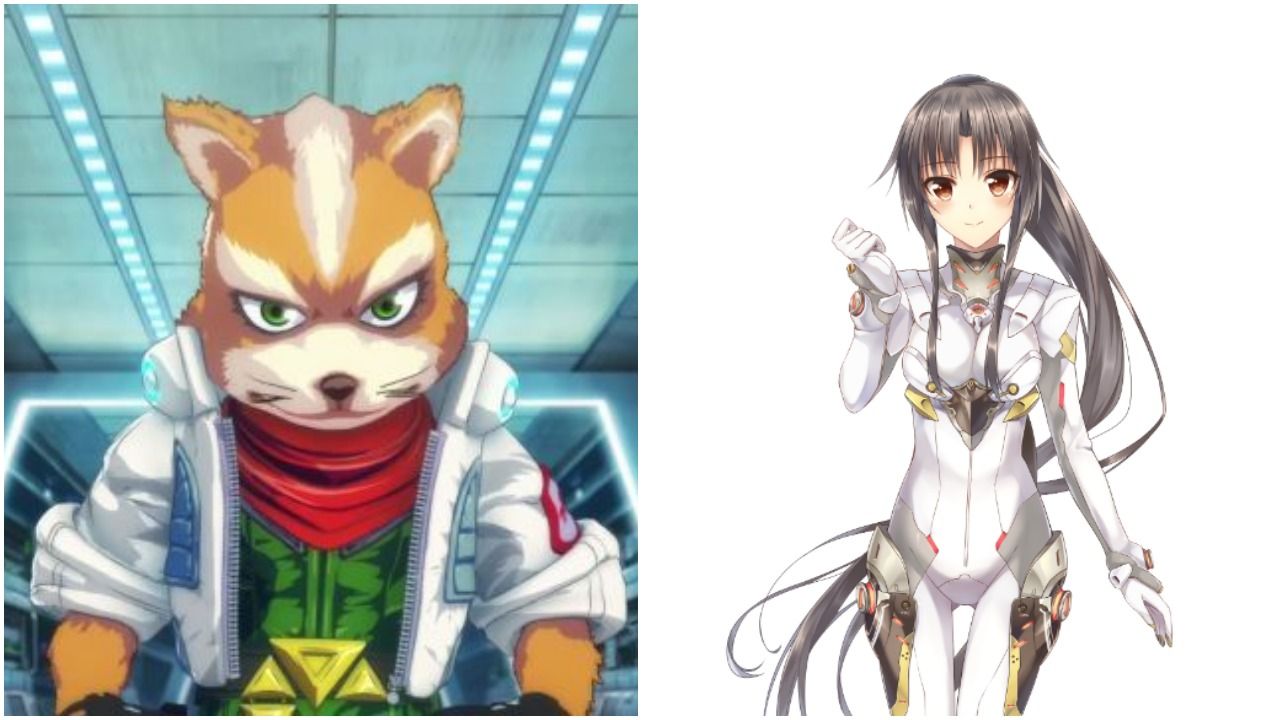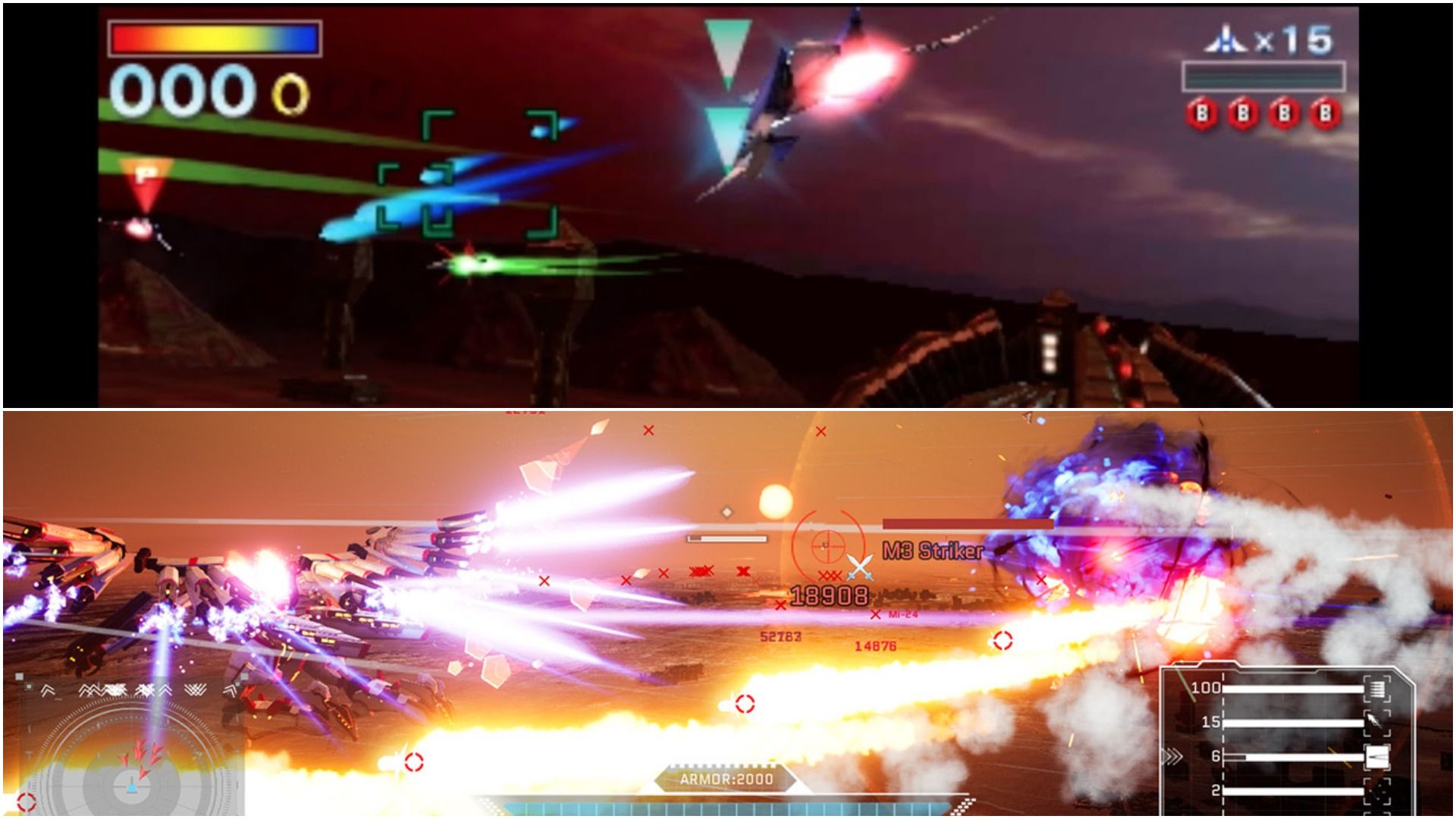There's a mech game on the Nintendo Switch now, and that's a big deal to some people. The handheld/console hybrid surprised gamers when it somehow managed to appeal to indie and third-party developers. It was a complete reversal from the Wii U, a console that seemed to repel developers like garlic does vampires. During those dark times, Nintendo fans could only rely on Nintendo itself for good games. That meant that they were limited to the few genres Nintendo prefers to develop in, and mecha is unfortunately not one of those.
Honestly, mech games are not a specialty of any big-name developers. Nintendo loves to either stick to its classics or be entirely offbeat. Sony's recent dedication to single-player is more boots-on-the-ground when it comes to setting, and Sega and Activision Blizzard are staying in their usual lanes in hopes of recouping lost profits. Most developers these days seem like they would rather stick to their known franchises or go mobile. Only Respawn was able to come close to mecha with Titanfall, and even that plays more like a shooter that happens to have robots.
So along comes Project Nimbus Complete Edition, the product of a Japanese indie studio with previous success on Steam. It aims to give Switch owners their first taste of mecha staples - fast-paced aerial combat like the kind seen in Japanese arcades, and a setting inspired by Gundam. At $19.99, it accomplishes a decent budget version of that goal. It also had the unforeseen effect of making me want a new Star Fox game.
Project Nimbus' trailer suggests a game that's all about flying and shooting, but the game itself tries to go heavy on story in an attempt to add gravity to the violence. Basically, humans of the future ravage the planet with war to the point that the rich need to build flying cities to keep our species alive. The poor who are left behind on the surface form a militia, stealing mechs to fight back and win survival. You play as a pilot tasked with stopping these "terrorists" by jumping into an experimental new mech with a cute anime girl co-pilot.
The story wants to be like its Gundam inspiration, tackling heavy themes like how no one truly wins in war and why young soldiers suffer the most. Unfortunately, Project Nimbus' budget (or maybe how the developers chose to use it) doesn't facilitate a thorough telling of this story. Most of the character development is left to entirely optional audio logs. The primary story is delivered via cutscenes where tactical maps and flying mechs accompany narration from one of your player's commanders.
Seeing this method of delivery is what reminded me of Star Fox in the first place. I have nostalgic memories of learning about the various planets and peoples of Corneria through the cheesy banter of Fox and friends. Somehow, the over-animated talking heads and over-enthusiastic voice acting gave Star Fox a certain charm. Few games can establish memorable characters with chattering little portraits alone.
Project Nimbus is not one of those games. The voice acting is very uneven. Sometimes it's too stiff, as if the developers themselves decided to voice the characters to save money. Other times, it involves exaggerated accents and tropey characters, as if the developers suddenly found a little extra room in the budget to hire wannabe anime voice actors. There are also character portraits that show up from time to time, but I felt that these generic 2D anime drawings clashed with the 3D mechs that dominated the screen.
Let's face it, though. A lot of gamers - and some might even say the majority - are playing for action over story. On that front, Project Nimbus fares a lot better. The controls allow for fluid movements in every direction, allowing you to take to the skies or weave between buildings in maps that have them. There's an interesting selection of weapons, from the expected homing missiles to smart drones that can switch from hovering around you for protecting to seeking out foes.
The "Complete Edition" on the Switch version of Project Nimbus refers to its different modes. Aside from the main campaign, there's a survival mode that offers endless waves and Warfront mode that combines objective-based missions with a "hard mode" progression. They're both meant to showcase the various mechs the game offers. There's customization in Warfront, to really sell replayability.
Yet, for all of those options at my fingertips, I still found my mind shifting back to Star Fox. "Man, this mission where I have to target the enemy command ship's weak point feels like Star Fox." "These maps with generic terrain below and clear sky above remind of multiplayer Star Fox."
Even the touted replayability didn't hold me as much as Star Fox 64 did back in the day. I could replay the same levels over and over again just to see if I could manage a slightly better score. Project Nimbus' waves of enemy mechs were challenging in their variety at first, but they became repetitive as the hours went by.
All of this isn't meant to trash Project Nimbus, however. There are many thrills to be found in the high-flying, brutally challenging battles of the game's later hours. It's the kind of experience that really is lacking on Switch. However, that's exactly why I keep thinking of Star Fox.
Nintendo has a franchise and team capable of bringing exciting aerial combat its latest console. It has beloved space characters way more charming than those of any mech game. So, why isn't it doing anything with them? Why does it seem content to outsource Star Fox to Ubisoft for Starlink, a game that's more about exploration than speedy shooting?
Mecha fans will probably find more satisfaction in Project Nimbus Complete Edition than I did. They've been waiting for the exact kind of action it provides, and the $19.99 price point is palatable enough to serve as an appetizer for the upcoming Daemon x Machina. For many Nintendo fans, however, I suspect it will serve as a painful reminder that Nintendo is lost in space when it comes to the future of Star Fox.




